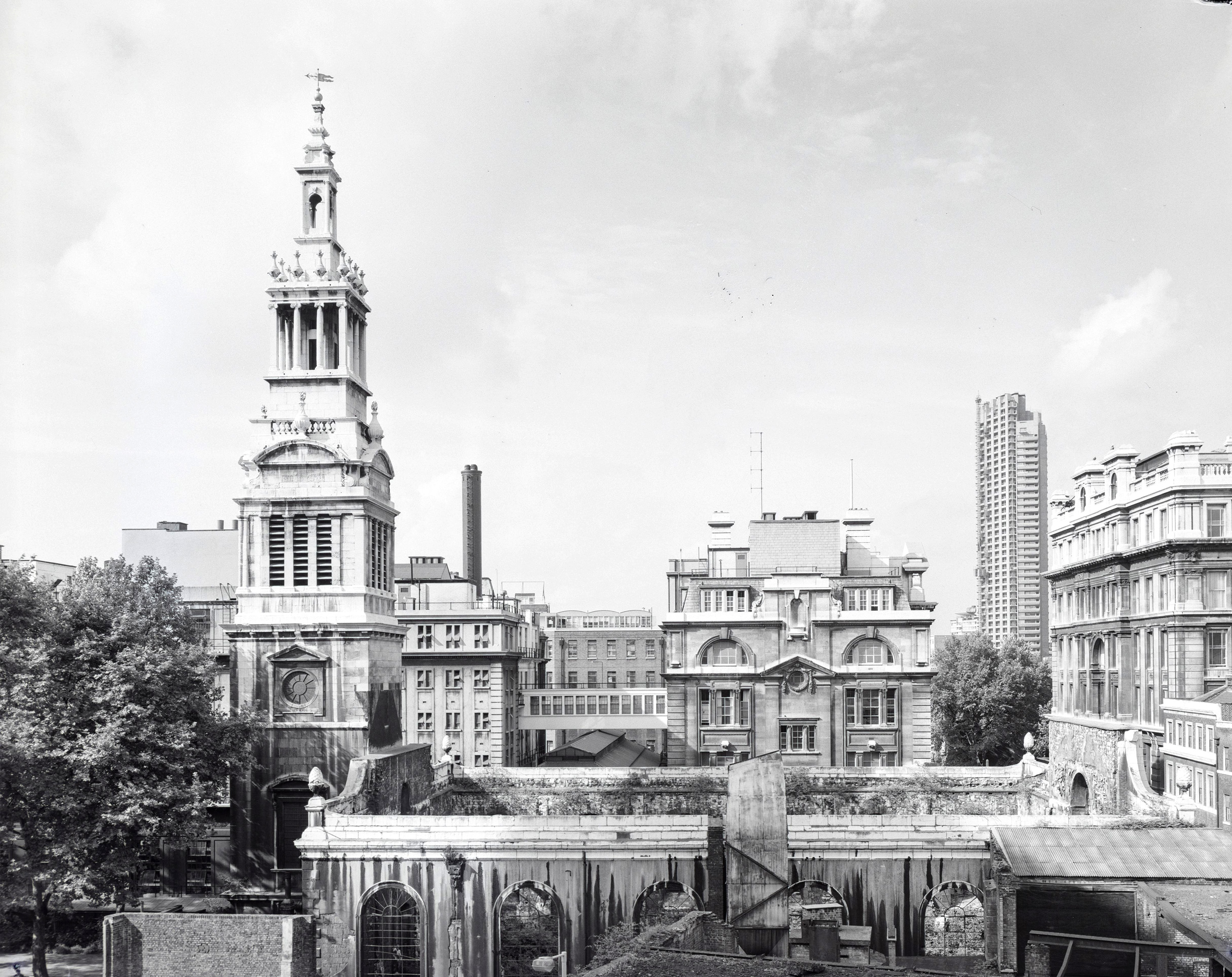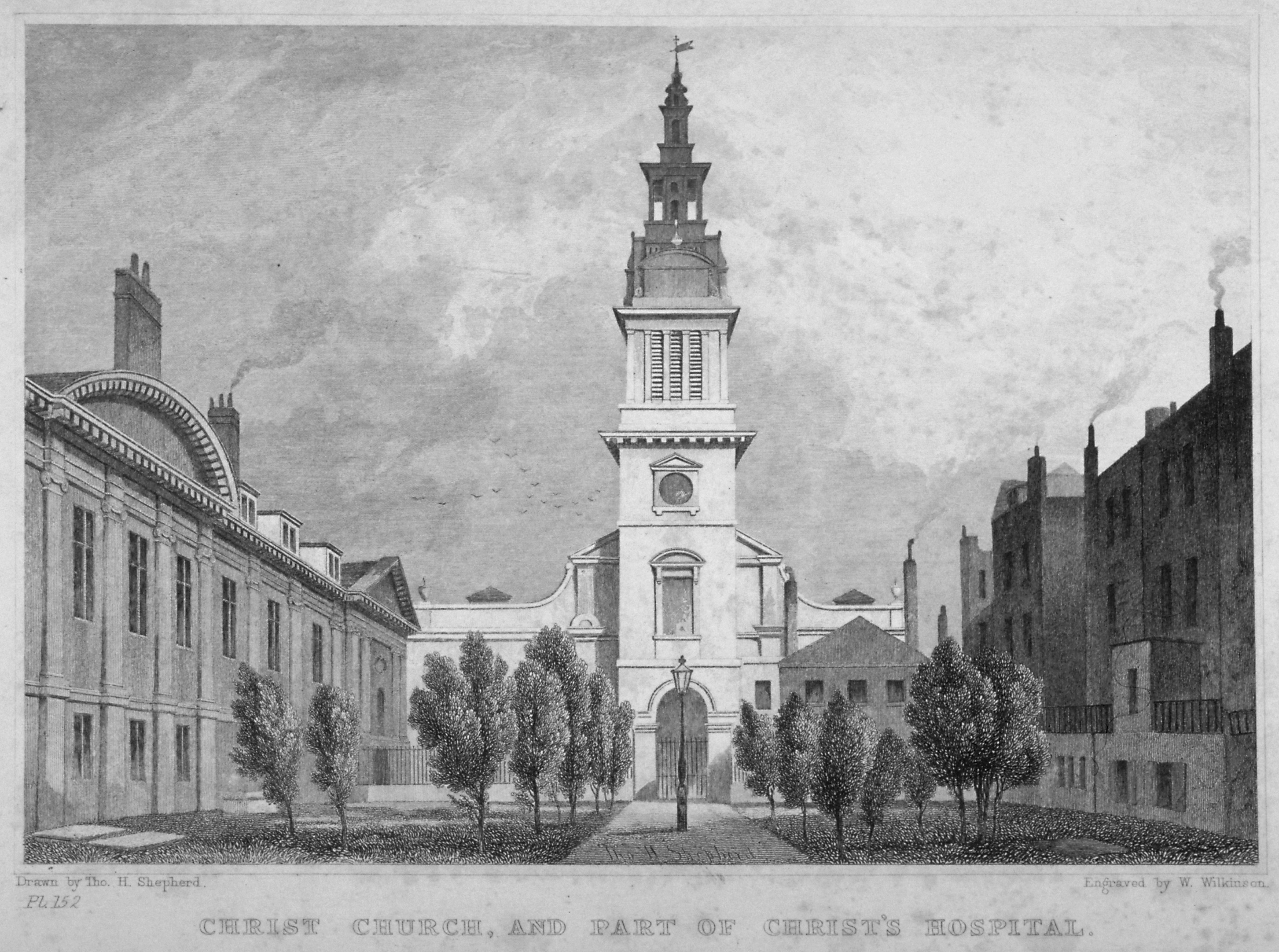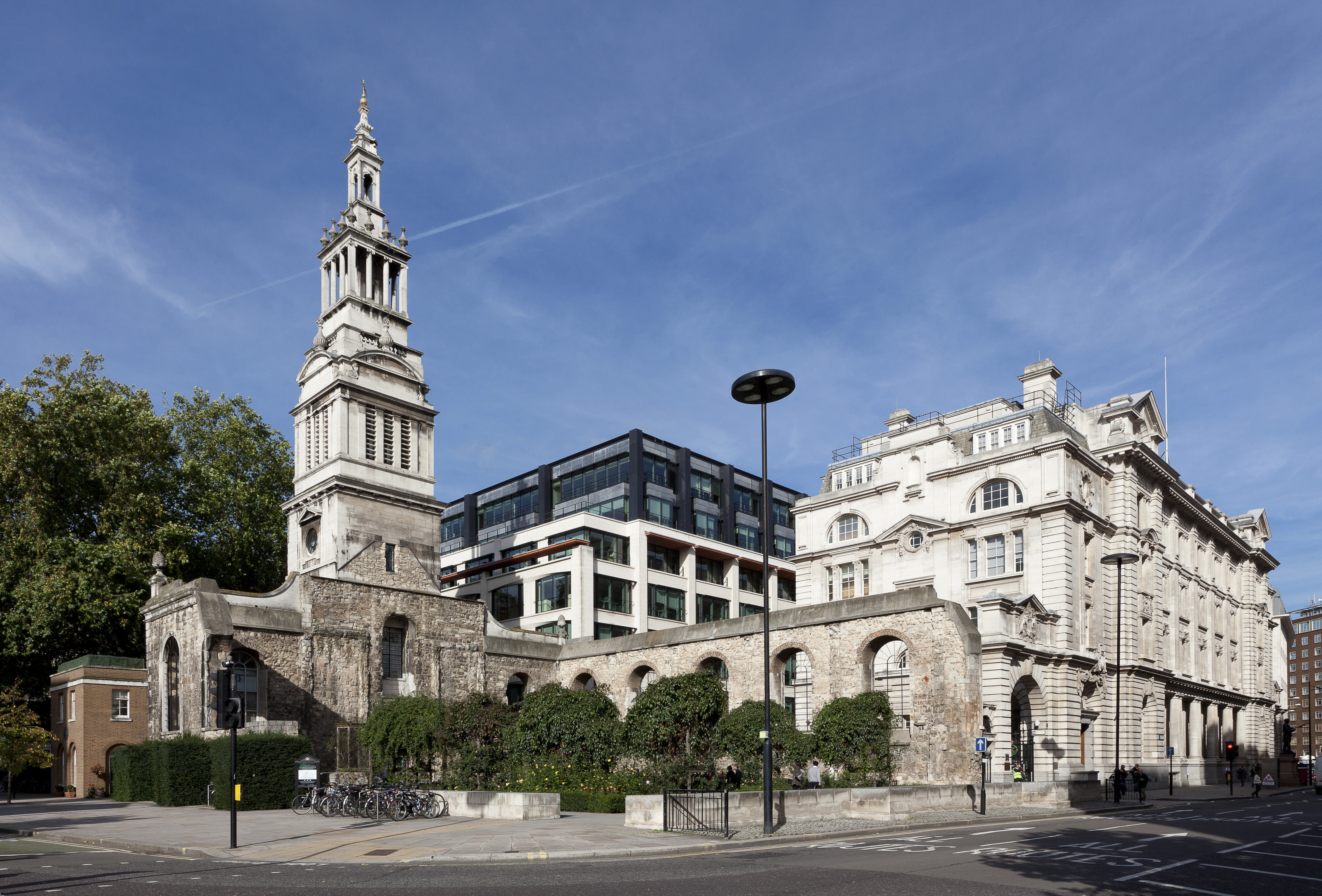Opinion: 53 years ago, the City of London pulled down half of a Wren masterpiece to build a glorified roundabout. We can't let them make the modern version of the same mistake
The plans to rid Christ Church Newgate Street of traffic should be cause for celebration — but a mistake as bad as the one made in the 1970s is about to happen, says Ptolemy Dean.

Listeners to radio stations in the 1980s will remember the endless reports of traffic delays at various city-centre ‘gyratories’. These were the post-war one-way inner ring-roads and roundabouts that were carved out of old towns, supposedly to ease traffic flow, but which often caused even greater congestion.
One such roundabout ‘gyratory’ was created immediately to the north of St Paul’s Cathedral by the Corporation of the City of London in 1973. To streamline the road alignments, the corporation brazenly pulled down the eastern end of Wren’s great church of Christ Church Newgate Street; a masterpiece of Portland stone completed in 1704 on the site of the Greyfriars monastery lost in the Fire of London of 1666. Wren’s church had been left as a burnt-out shell following Second World War fire-bombing.

Christopher Wren's Christ Church, Newgate Street, and part of Christ's Hospital, in a sketch of 1830.
The four thick walls of the ruined building enclosed a space that could have been made into a garden. It would have offered a sense of tranquillity that might have partly compensated for the loss of the Wren interior. Although the site beyond the church was awaiting redevelopment and could have accommodated the gyratory road, Wren’s eastern and southern walls were pulled down, leaving yet another formless wasted space.
The corporation quite properly became ashamed of its actions and, in 2001, persuaded the owners of the neighbouring banks to pay for a new garden to be made. The plan was for this to be contained by the surviving old church walls and a new low wall made out of substantial Portland Stone blocks, which marked the line of the lost church east and south walls. This made better sense of the ruined church, although many would have preferred to have seen Wren’s walls remade fully to their original heights. However, as the road ‘gyratory’ remained in use, the street pavement needed to pass through the former ruins.
Now, the City Corporation has decided to fully pedestrianise King Edward Street, removing the gyratory road once and for all.
This should be a matter of jubilation, of common sense prevailing in the end. Yet, rather than rebuilding the Wren walls to their full height, to restore the lost form of the building, the scheme proposes to remove the restored walls of 2001, so the church can be returned to its mutilated and incomplete 1970s form.

Christ Church Greyfriars as it appears today.
The old walls will be outlined in paving in a new garden plan that otherwise ignores historic boundaries and enclosures. The justification is the belief that ‘greening the City’, laudable as it is, must have priority over all other concerns.
Exquisite houses, the beauty of Nature, and how to get the most from your life, straight to your inbox.
Although grass is certainly kinder than cars, the corporation is showing the same insensitivity that it has long shown towards its remarkable legacy of Wren churches, the fate of which is always considered a secondary consideration to whatever is the fashionable concern of the day.
Ptolemy Dean is an architect, writer, television presenter and expert in the preservation of old buildings who since 2012 has been Surveyor of the Fabric at Westminster Abbey. His practice, Ptolemy Dean architects, specialises in conservation work and additions to historic buildings, and the design of new buildings in sensitive locations.
-
 A snob's guide: What to buy your dinner party host
A snob's guide: What to buy your dinner party hostYou've just been invited to dinner — or to stay for the whole weekend — but what do you give to your host to say thank you?
-
 Why you absolutely need an electric mini Bentley Blower furnished with Russian reindeer leather
Why you absolutely need an electric mini Bentley Blower furnished with Russian reindeer leatherA collaboration between Hedley Studios and The King's shoemaker George Cleverly has produced something rather remarkable. Jeremy Taylor goes for a drive.